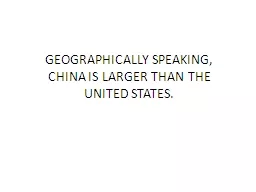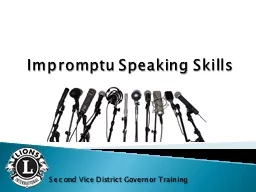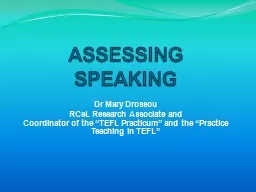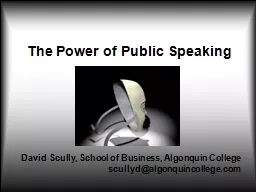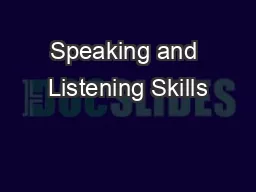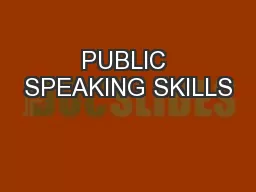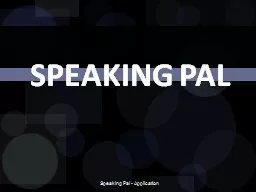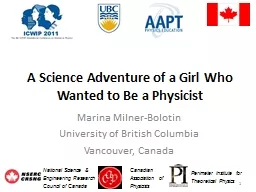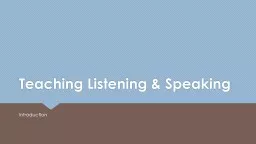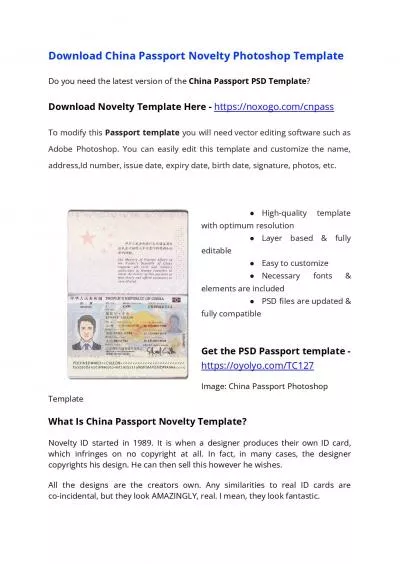PPT-GEOGRAPHICALLY SPEAKING, CHINA IS LARGER THAN THE UNITED ST
Author : natalia-silvester | Published Date : 2016-08-16
CHINA IS A COMMUNIST COUNTRY ALL FAMILIES IN CHINA ARE LIMITED TO ONE CHILD GENERALLY SPEAKING PARENTS HOPE TO HAVE BABY GIRLS NOT BOYS CHINAS OFFICAL RELIGION IS
Presentation Embed Code
Download Presentation
Download Presentation The PPT/PDF document "GEOGRAPHICALLY SPEAKING, CHINA IS LARGER..." is the property of its rightful owner. Permission is granted to download and print the materials on this website for personal, non-commercial use only, and to display it on your personal computer provided you do not modify the materials and that you retain all copyright notices contained in the materials. By downloading content from our website, you accept the terms of this agreement.
GEOGRAPHICALLY SPEAKING, CHINA IS LARGER THAN THE UNITED ST: Transcript
Download Rules Of Document
"GEOGRAPHICALLY SPEAKING, CHINA IS LARGER THAN THE UNITED ST"The content belongs to its owner. You may download and print it for personal use, without modification, and keep all copyright notices. By downloading, you agree to these terms.
Related Documents

